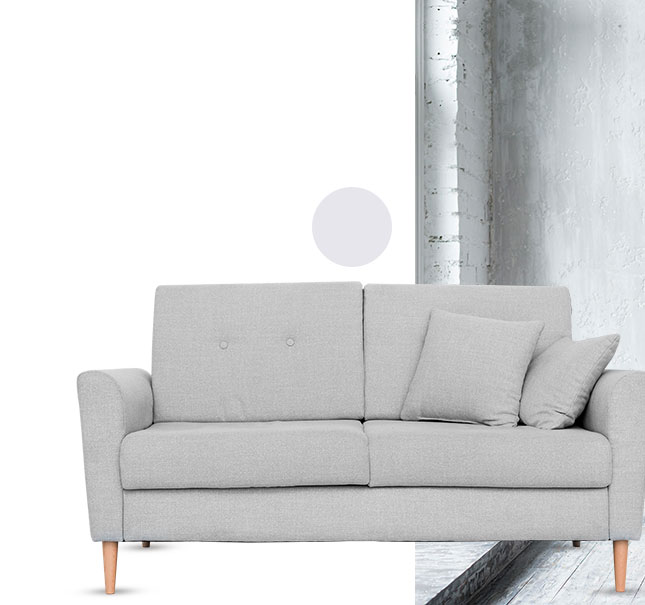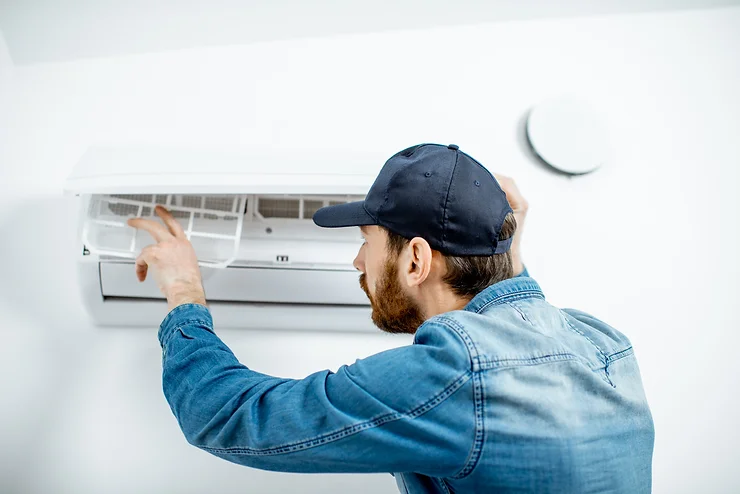




You may be apprehensive about getting new air conditioning equipment as a regular homeowner. You might not be aware of how to size an air conditioner for your home. Calculating the air conditioner size you require can appear to be a difficult math problem, leaving you unsure where to begin. You may be pressured for time if you're replacing a faulty air conditioner.
When it comes to choosing the proper air conditioner for your home, there are a lot of things to think about. If you choose an air conditioner that is too tiny, it may not be able to efficiently chill your room. Installing an excessively large air conditioner, on the other hand, will increase the total cost of your utility bills. Finding the ideal unit for your home necessitates some research, but we assure you it isn't as difficult as it appears. We've put up a step-by-step guide to assist you to figure out what size air conditioner you need for your home.
What does BTU mean?
The British Thermal Unit (BTU) is an acronym for British Thermal Unit. This is a measurement system that calculates how much energy your unit can handle in order to chill your space. It's the amount of energy required to increase the temperature of one pound of water by one degree Fahrenheit at sea level, in technical terms.
British Thermal Units Per Hour (BTUh), on the other hand, refers to the number of BTUs of energy eliminated by your air conditioner in one hour. When determining the size of an air conditioner, British Thermal Units are most commonly used. You can estimate how many British Thermal Units your air conditioner should have by determining the square footage of your home.
1 BTU is equal to approximately 1.055 kJ and 1 BTU/h is equal to 0.293 W.
What is a Ton (Tonnage)?
While British Thermal Units are used to measure heat energy, a ton (also known as tonnage) is the entire amount of heat that an air conditioner can remove from your home in one hour. The terms British Thermal Units Per Hour and tons refer to the same thing and can be used interchangeably to describe the cooling capability of an air conditioner during an hour period.
Tonnage ratings are usually expressed in. 5-ton increments. Residential air conditioners are often rated at 1.5, 2, 2.5, 3, 3.5, 4, 4.5, or 5-ton capacities. The number of tons you'll require depends on a number of factors. For every 400 to 1,000 square meters of living space, a ton will be required. However, keep in mind that a high-tonnage air conditioner will cost more to run. We recommend choosing a Gree air conditioner when deciding on an air conditioner size for your home to save money on monthly power expenses.
Average Cooling Capacity
To determine an air conditioner's cooling capability over an hour, the metrics British Thermal Units Per Hour (BTUh) and tonnage (ton) are used. 12,000 BTUh equals one ton of cooling capacity. Residential air conditioners typically vary from 1.5 to 5 tons (18,000 – 60,000 BTUh) for homeowners.
For a light commercial application, a system that exceeds this range can be used. Smaller company structures, such as offices, free-standing retail buildings, restaurants, and banks, are referred to as light commercial construction.
Copyright ©2025
Comments 2
Ujjwal Prajapati
May 29, 2024test
Pratik Raghubanshi
May 29, 2024test